Google Agent Whitepaper
While language models like GPT-4 and Gemini have captured public attention with their conversational abilities, a more profound revolution is happening: the rise of AI agents. As detailed in Google's recent whitepaper, these agents aren't just smart chatbots – they're AI systems that can actively perceive, reason about, and influence the real world.
The Evolution of AI Capabilities
Think of traditional AI models like incredibly knowledgeable professors locked in a room with no internet or phone. They can offer brilliant insights, but only based on what they learned before entering the room. AI agents, on the other hand, are like professors with a full suite of modern tools at their disposal – they can look up current information, send emails, make calculations, and coordinate complex tasks.
Here's what sets agents apart from traditional models:
- Real-time Information: While models are limited to their training data, agents can access current information through external tools and APIs
- Action Taking: Agents don't just suggest actions – they can execute them through function calls and API interactions
- Memory Management: Agents maintain context across multiple interactions, learning from each exchange to improve their responses
- Tool Integration: Native ability to use external tools and APIs is built into their architecture, not bolted on as an afterthought
How Agents Think: The Cognitive Architecture
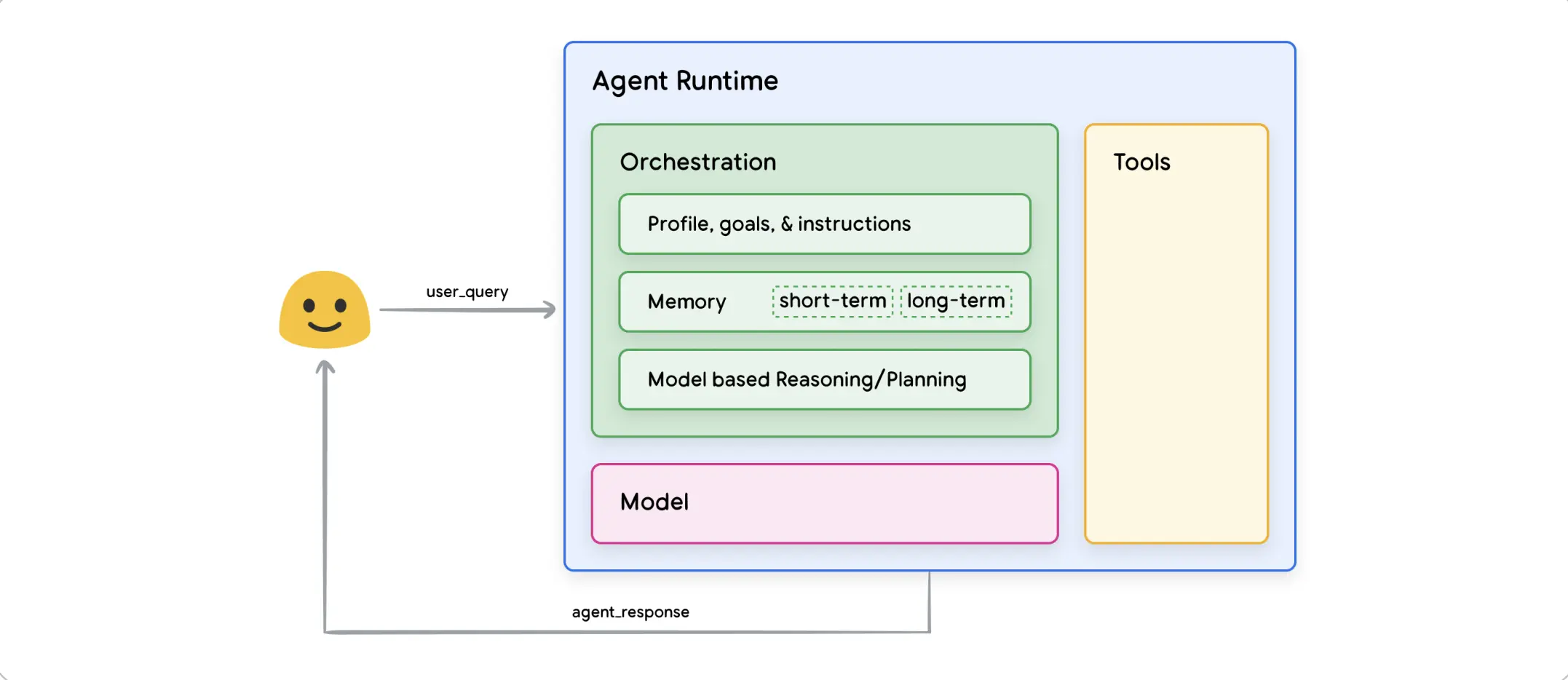
The real magic of agents lies in their "cognitive architecture" – the system that governs how they reason and make decisions. The whitepaper details three key approaches:
-
ReAct: A framework where agents alternate between reasoning about their situation and taking concrete actions. Imagine a chef who constantly evaluates their progress and adjusts their cooking strategy.
-
Chain-of-Thought: Agents break down complex problems into smaller, manageable steps, showing their work along the way. This is similar to how a mathematician solves complex equations step by step.
-
Tree-of-Thoughts: Agents explore multiple possible solution paths simultaneously, like a chess player considering different moves and their consequences.
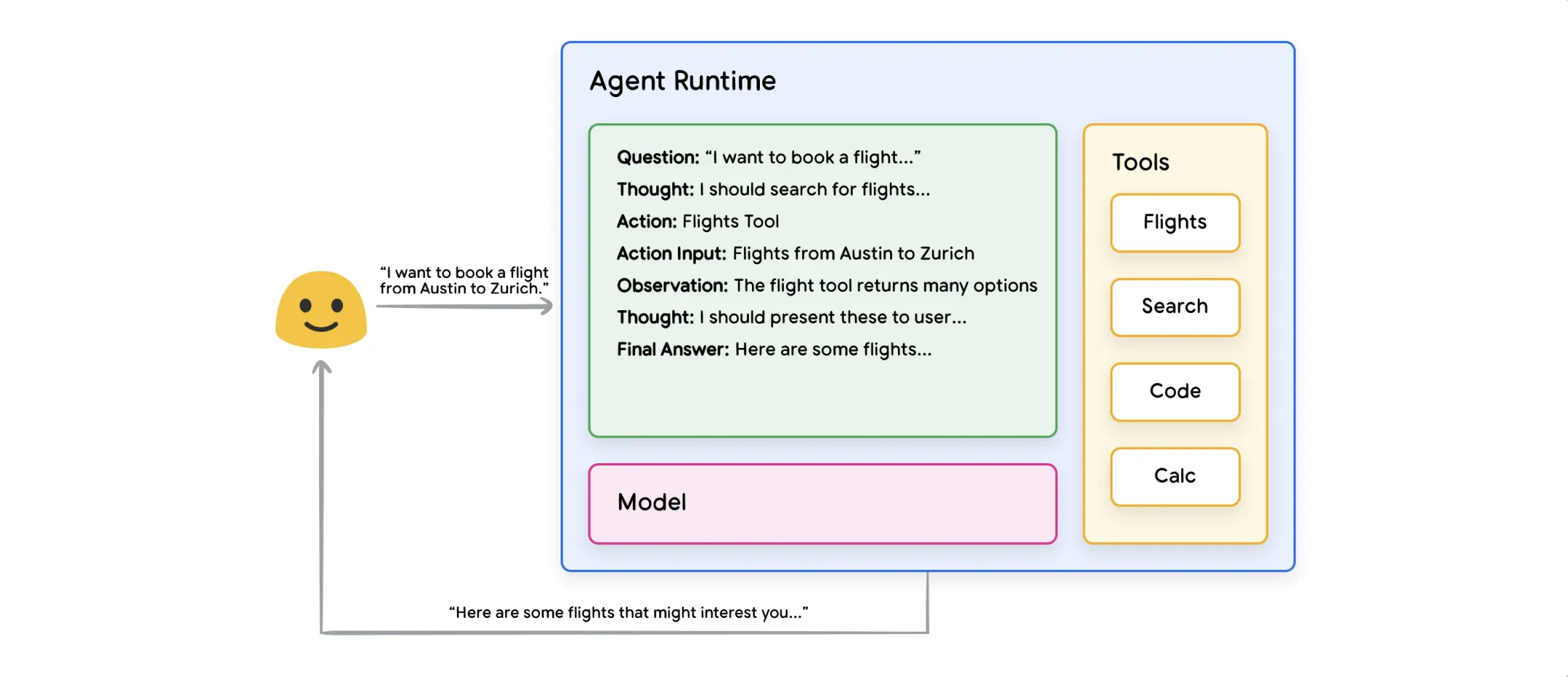
Here's a real example from the whitepaper of how an agent might handle a flight booking request:
User: "I want to book a flight from Austin to Zurich"
Agent Thought: I should search for flights first
Action: [Calls flight search API]
Observation: Multiple flight options found
Agent Thought: I should check for best prices and routes
Action: [Analyzes search results]
Observation: Found optimal connections and pricing
Agent Thought: User needs clear summary of options
Final Answer: "Here are the best flight options..."
The Agent's Toolkit: How They Interact with the World
The whitepaper identifies three distinct ways agents can interact with external systems:
1. Extensions
These are agent-side tools that allow direct API calls. Think of them as the agent's hands – they can reach out and interact with external services directly. Google's whitepaper shows how these are particularly useful for real-time operations like checking flight prices or weather forecasts.

2. Functions
Unlike extensions, functions run on the client side. This provides more control and security, making them ideal for sensitive operations. The agent specifies what needs to be done, but the actual execution happens under the client's supervision.

Difference between extensions and functions:

3. Data Stores
These are the agent's reference libraries, providing access to both structured and unstructured data. Using vector databases and embeddings, agents can quickly find relevant information in vast datasets.
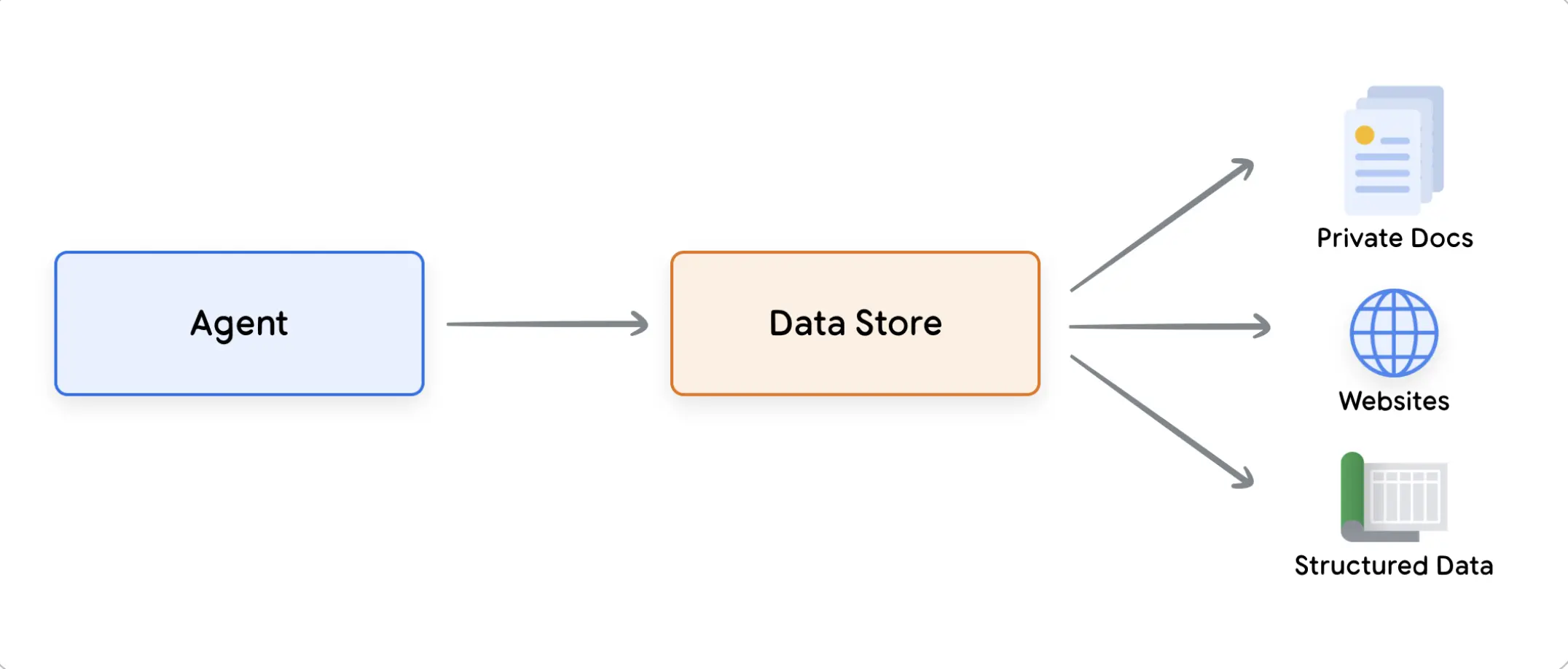

How Agents Learn and Improve
The whitepaper outlines three fascinating approaches to agent learning:
-
In-context Learning: Like a chef given a new recipe and ingredients, agents learn to handle new tasks through examples and instructions provided at runtime.
-
Retrieval-based Learning: Imagine a chef with access to a vast cookbook library. Agents can dynamically pull relevant examples and instructions from their data stores.
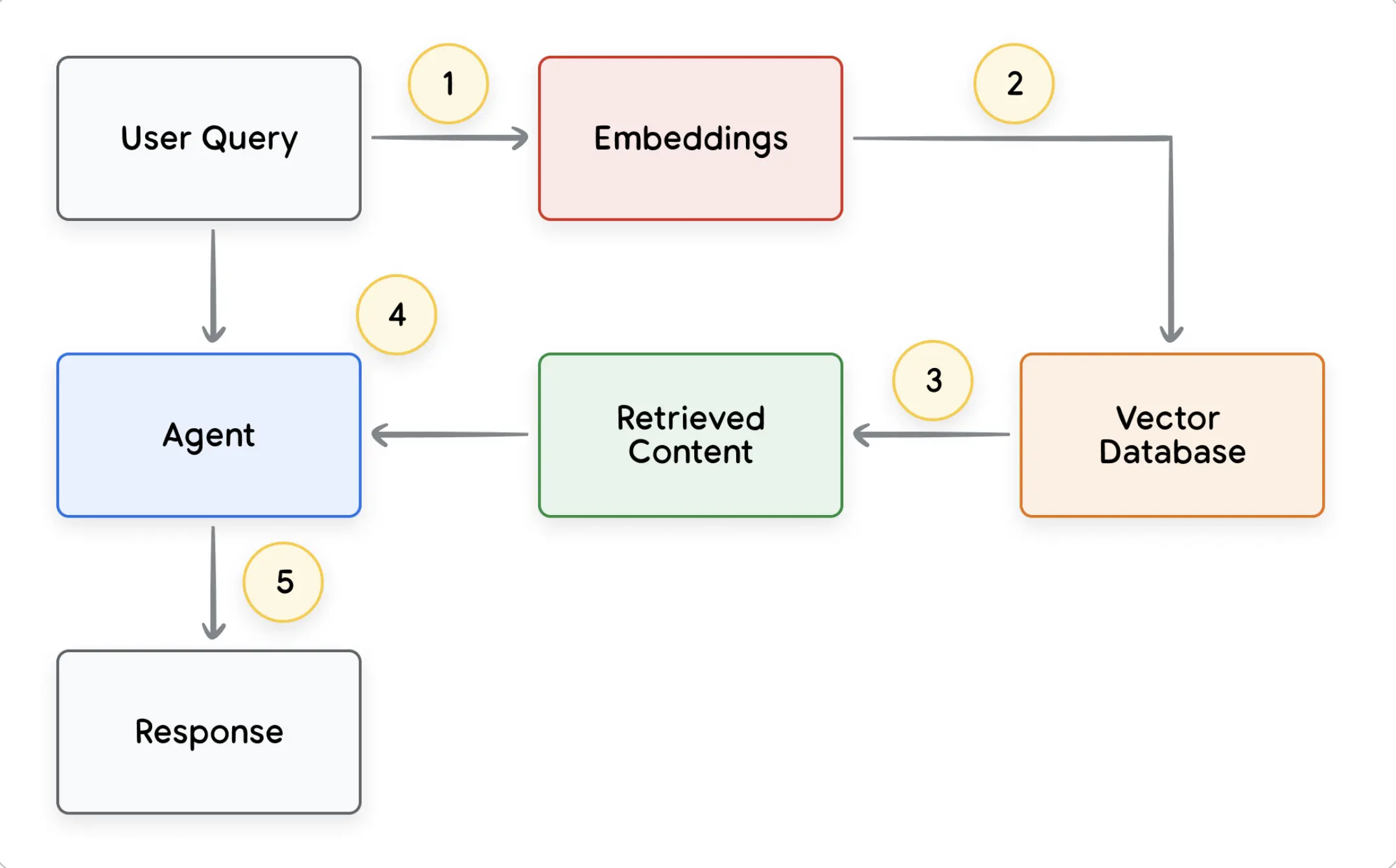
-
Fine-tuning: This is like sending a chef to culinary school – systematic training on specific types of tasks to improve overall performance.
Building Production-Ready Agents
The most practical section of the whitepaper deals with implementing agents in production environments. Using Google's Vertex AI platform, developers can build agents that combine:
- Natural language understanding for user interactions
- Tool integration for real-world actions
- Memory management for contextual responses
- Monitoring and evaluation systems
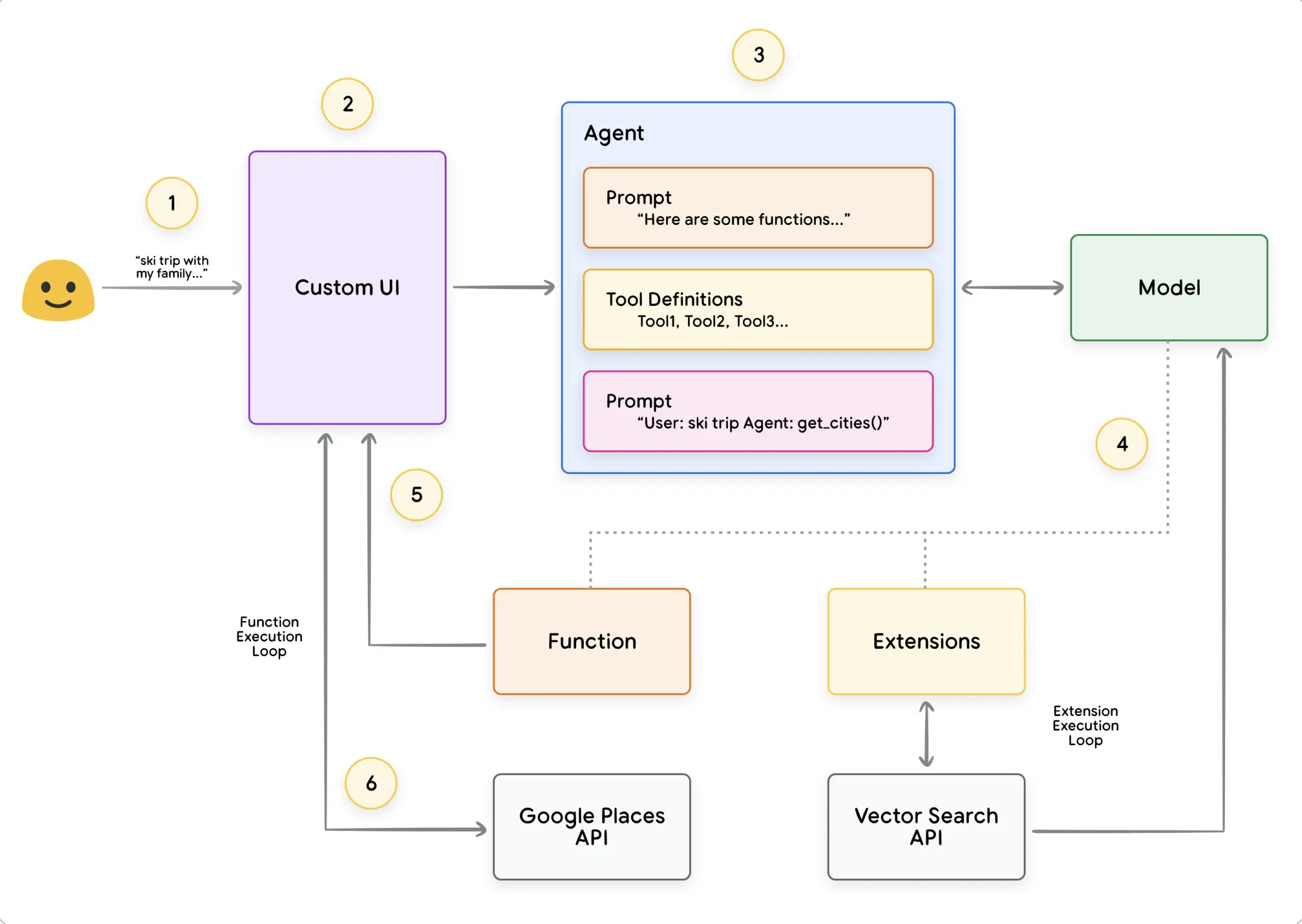
The Future of Agent Architecture
Perhaps most exciting is the concept of "agent chaining" – combining specialized agents to handle complex tasks. Imagine a travel planning system that combines:
- A flight booking agent
- A hotel recommendation agent
- A local activities planning agent
- A weather monitoring agent
Each specializes in its domain but works together to create comprehensive solutions.
What This Means for the Future
The emergence of AI agents represents a fundamental shift in artificial intelligence – from systems that can only think to systems that can think and do. While we're still in early days, the architecture and approaches outlined in Google's whitepaper provide a clear roadmap for how AI will evolve from a passive tool to an active participant in solving real-world problems.
For developers, business leaders, and technology enthusiasts, understanding AI agents isn't just about keeping up with trends – it's about preparing for a future where AI becomes a true collaborative partner in human endeavors.
How do you see AI agents changing your industry? Share your thoughts in the comments below.